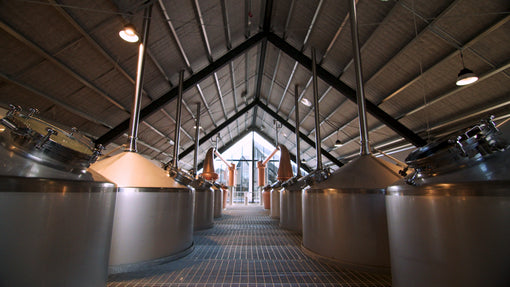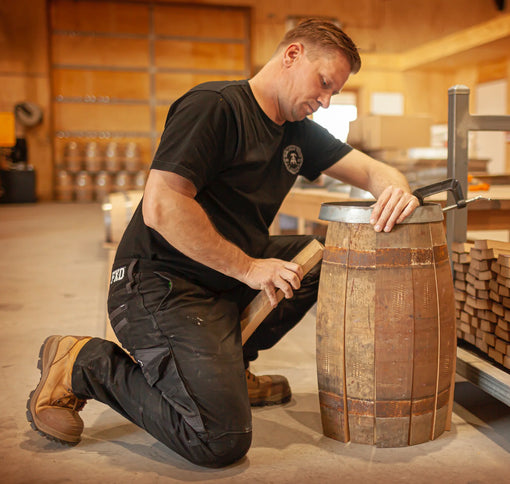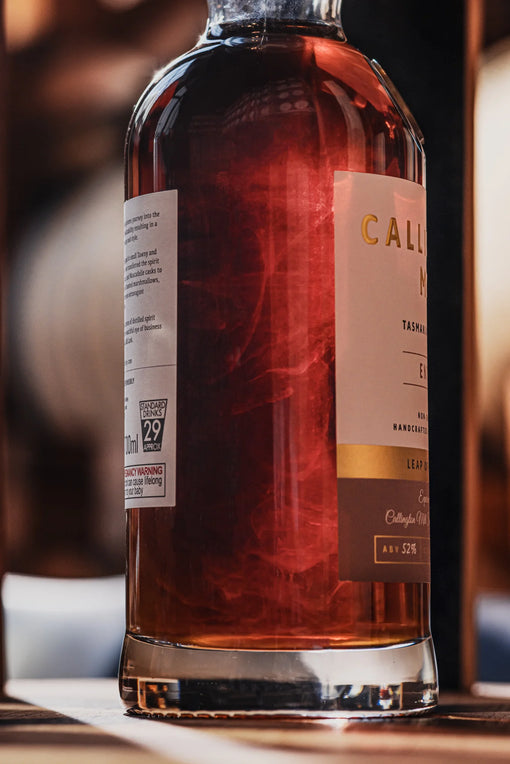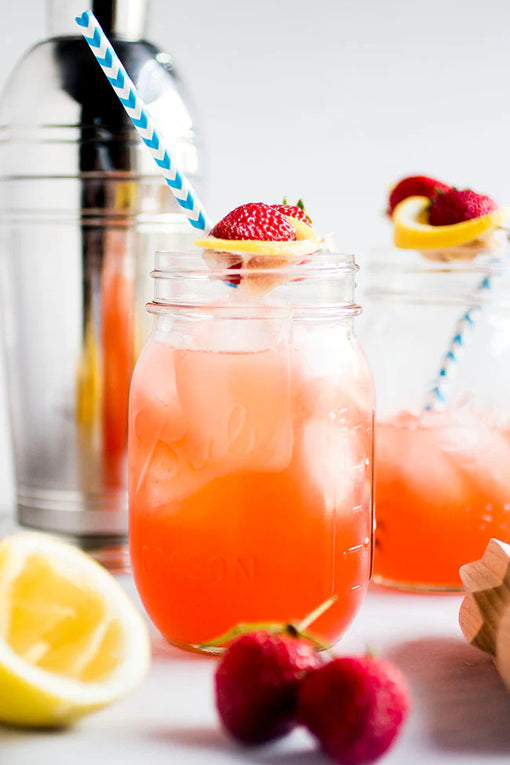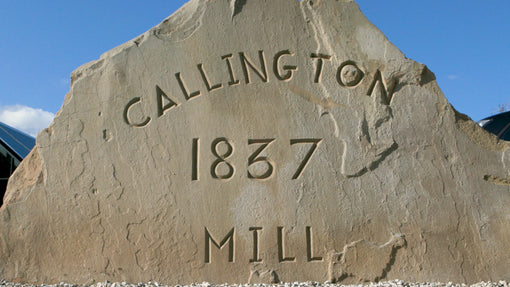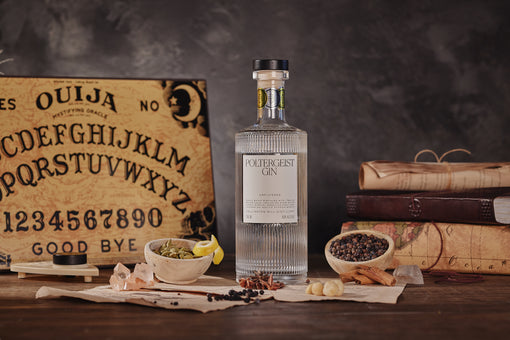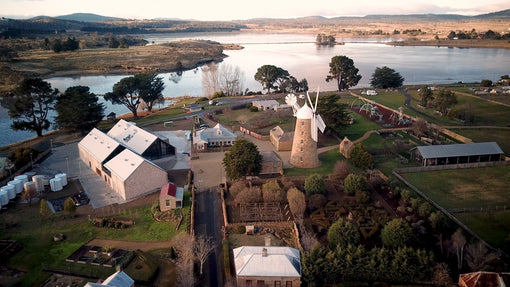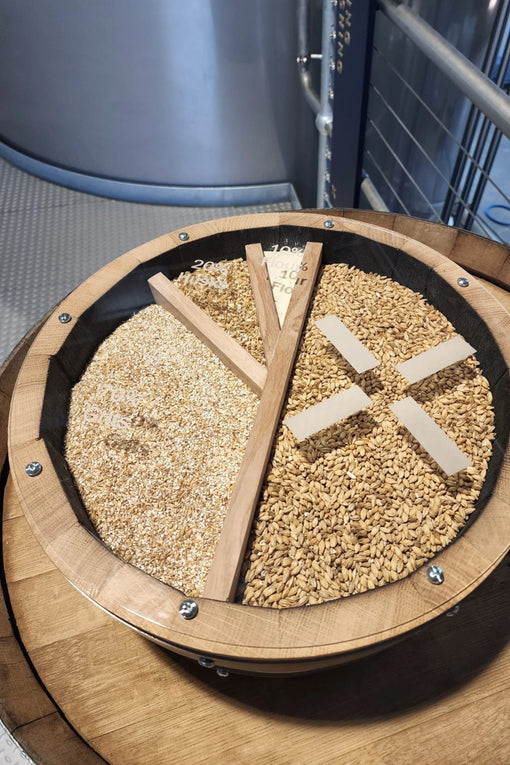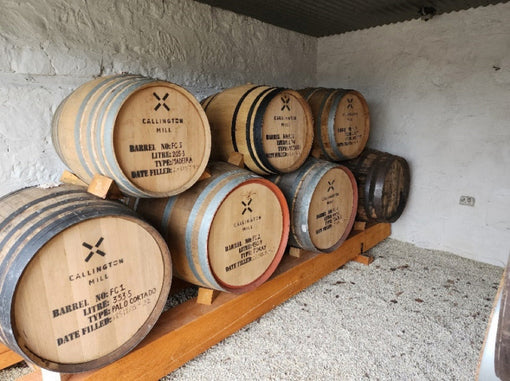
At Callington Mill Distillery, we believe that every dram tells a story. Our Solera System is an intricate blending process that honours time, tradition, and craftsmanship. It's a rarity in the whisky world, and we're proud to bring it to life here at CMD. But what exactly is Solera, and how does it shape the taste of our whisky? Let’s take you through the fascinating world of Solera and explain how it plays a central role in our limited-edition releases.What Is the Solera System?Originating in Spain, the Solera system has been used for centuries to age and blend wine, brandy, and sherry. It's a process that involves blending small fractions of aged liquid from various barrels over time, creating a layered complexity in the final product. The concept behind Solera is simple yet powerful: each cask contributes to the final dram, but the liquid within the casks is constantly evolving.Imagine a cascading waterfall: the liquid starts at the top and flows down, with each layer blending seamlessly into the next. In the whisky world, this method allows us to create a whisky that evolves with every batch while maintaining a sense of consistency and complexity.How Does Solera Work for Whisky?In the whisky industry, Solera operates a little differently than it does with other spirits. While the traditional system sees the average age of a product gradually increase over time, whisky works a bit more uniquely. Under whisky regulations, the age of a Solera whisky must be defined by the youngest spirit in the blend. This means that, while our Solera system may contain whiskies that are many years old, the official age label will always refer to the youngest component.This fractional blending process ensures that our Solera whisky is always evolving, with each bottling representing a beautiful snapshot of that moment in time.The History of SoleraThe Solera method was first developed by Spanish Sherry producers. It was a way to ensure consistency and quality in every bottle, no matter the age of the wine. The casks, stacked in rows (known as criaderas), house wine of varying ages, with the oldest at the bottom and the youngest at the top. Each time the product is bottled, about one-third is removed from the bottom casks, and that amount is replenished with younger liquid from the row above.This system ensures that a portion of the earliest liquid remains in every barrel, contributing to a consistent and complex blend that grows richer over time. For some Solera wines, it’s said that the first wine placed in the system can still be present in trace amounts after 50 or 100 years—a true testament to the tradition.The Process at Callington Mill DistilleryAt Callington Mill Distillery, we’ve taken this centuries-old tradition and adapted it to create something truly extraordinary. Our Solera System consists of 14 hand-picked casks, each one unique and rare in its origin. These casks—ranging from Cognac, Bourbon, and Sherry Cream, to Madeira, Tokay, and Moscatel—are all part of the intricate process that produces our Solera whisky.
Due to space restrictions, we have set up the casks on two sides of our facility. However, the same Solera principle is applied regardless of the cask arrangement: we still take a fraction from every cask to create our Solera release. This ensures that the blend remains consistent, with each cask contributing its unique character to the final product.
Our process involves emptying a fraction of a cask and then replenishing it from another cask. This continues across all the casks, ensuring that every barrel is part of the final release. Once this step is complete, we introduce younger matured whisky into the last cask used in the system, continuing the cycle and maintaining the integrity of the blend.
Each cask plays a pivotal role in the overall blend. With each cask being a “Finishing Cask” (or “FC”), we ensure that the character of every spirit inside them shines through. The casks are marked with two dates: the initial maturation date, and the date when the cask was introduced into the Solera system.Why Does Solera Matter?For us at Callington Mill Distillery, the Solera system is more than just a technique—it’s a philosophy. It’s about crafting a whisky that tells a story of place, time, and craftsmanship. By combining the influence of 14 different casks from exotic fortified wines, spirits, and the finest barrels available, we create a whisky like no other. The Solera release is an expression of that dedication, one that blends age and youth in a way that celebrates both tradition and innovation.Casks Used in Our Solera System:CognacBourbon ex RumAmontilladoBourbonBrandyBourbon/MuscadelleAustralian BrandyPalo CortadoMadeiraTokayMoscatelTawnyAustralian PortSherry CreamEach cask brings its own influence to the blend, and together, they create a whisky that is bold, refined, and unforgettable.Experience the Magic of SoleraIf you’re a whisky connoisseur or simply someone looking to experience something extraordinary, our Solera release is not to be missed. This unique blend is available in limited quantities, and with only a few bottles left, now is the perfect time to secure your bottle of this rare, artisanal whisky.
Don’t miss your chance to own a piece of history. Looking to try Solera today? It is now available as part of our new gift pack and will be available in the near future in a 700ml bottle.
Learn More

